Adaptive Optics Size
Adaptive Optics Market Growth Projections and Opportunities
Many factors determine the Adaptive Optics (AO) market's components and development. The constant mechanical advancements in optics are vital. Adaptive optics frameworks are needed since cosmology, medical care, and security industries demand high-resolution images and precise optical systems. The market grows as technology like deformable mirrors and wavefront sensors evolve.
Increasing usage of adaptive optics in ophthalmology is another important market aspect. Medical care is adopting AO frameworks for ocular examinations and remediation. Adaptive optics' ability to improve retinal imaging has spurred its use in analytic and therapeutic devices, driving market growth. The increased prevalence of vision issues and the aging population increase demand for cutting-edge optical setups, driving the adaptive optics industry.
Adaptive optics is important in logical examination, especially stargazing. Adaptive optics systems in telescopes have been used to improve astronomical images. The market is growing due to space exploration missions, cosmic observatories, and the search for deeper cosmic experiences. Adaptive optics' role in cosmic vision is shown by its need to ease Earth's air bends.
Military and security adoption of adaptive optics also affects the market. The increased emphasis on precision, observation, and surveillance promotes adaptive optics in military settings. Protection applications like coordinated energy weapons and reconnaissance frameworks enhance when optical mutilations are addressed. Thus, the protection area is crucial to adaptive optics market growth.
Innovative work interests also shape the market. Adaptive optics companies invest in product development to stay ahead in the competitive market. A convergence of minimum, practical, and more effective adaptive optics systems has driven market growth. Government incentives and adaptive optics research subsidies boost the industry.
Financial and geopolitical issues also affect the adaptive optics business. Money trade rates, exchange methods, and international pressures can affect basic component prices, manufacturing cycles, and market aspects. Market participants' ability to navigate such external factors is crucial to growth and profitability.
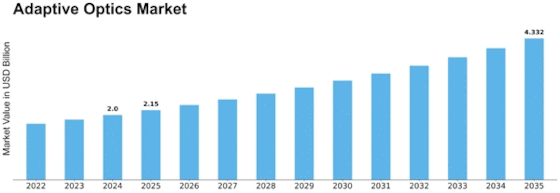

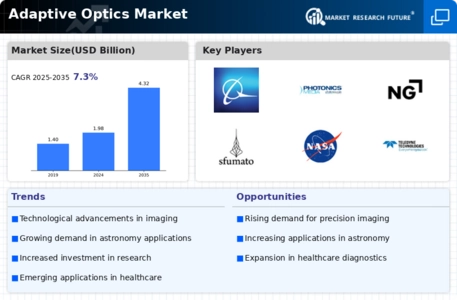
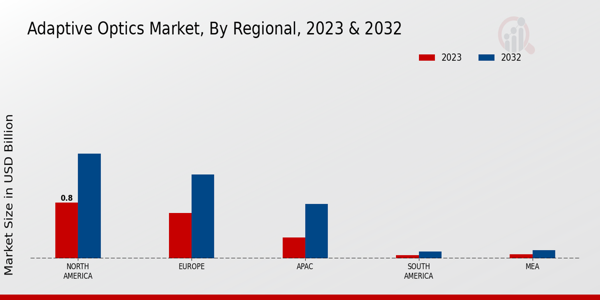
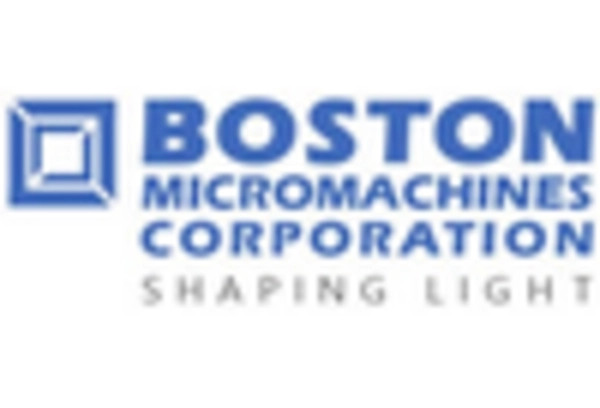
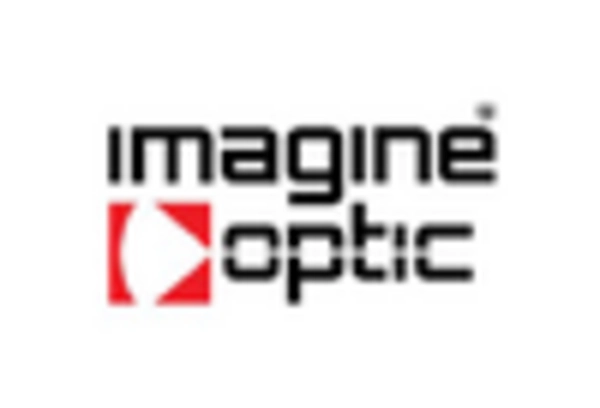
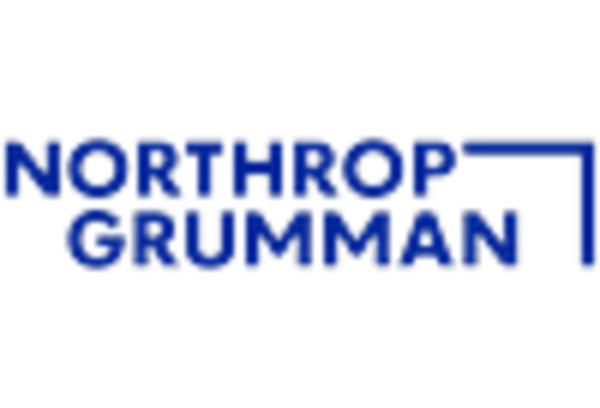
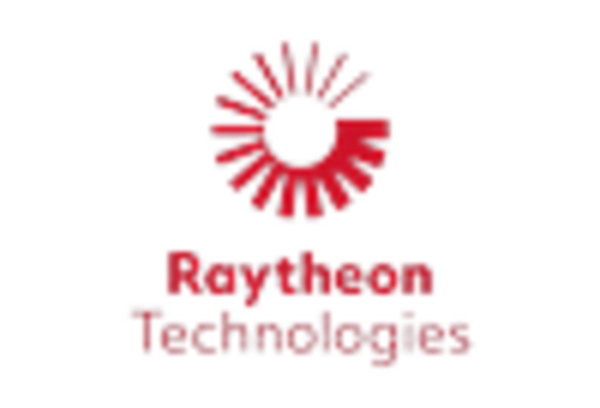
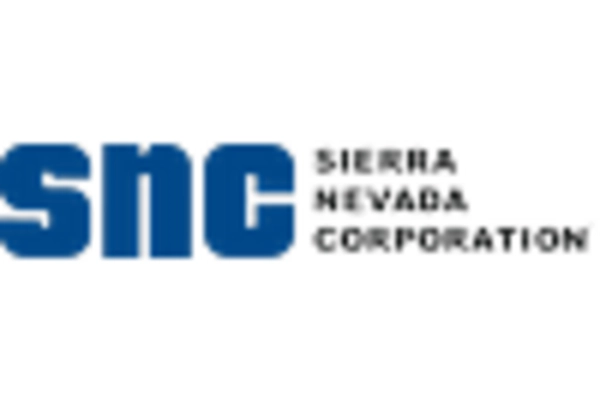
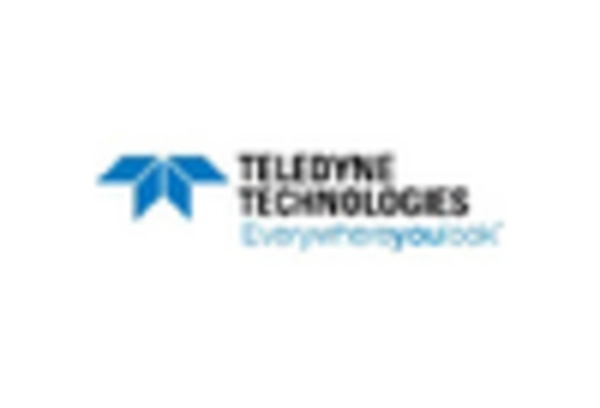

Leave a Comment